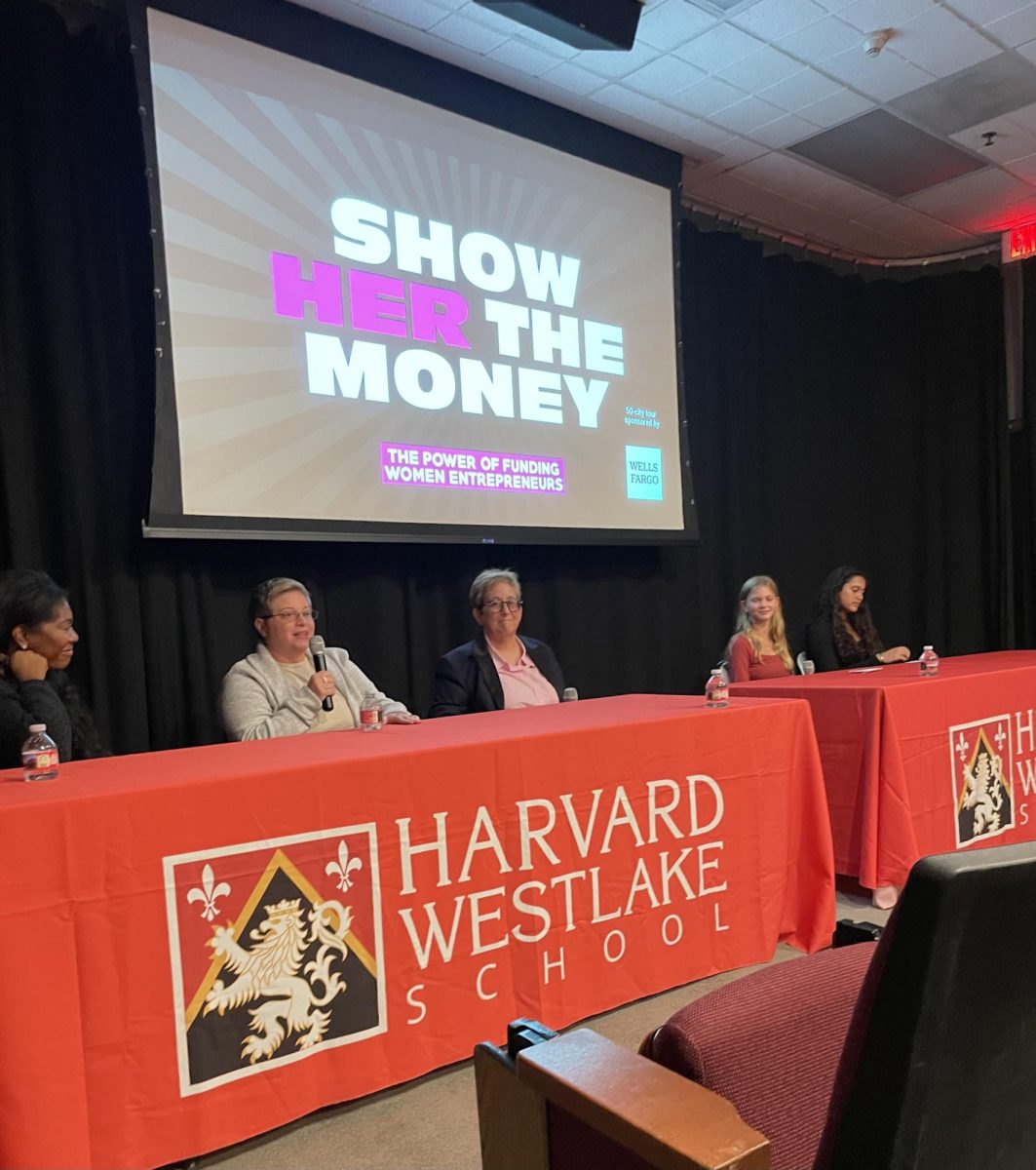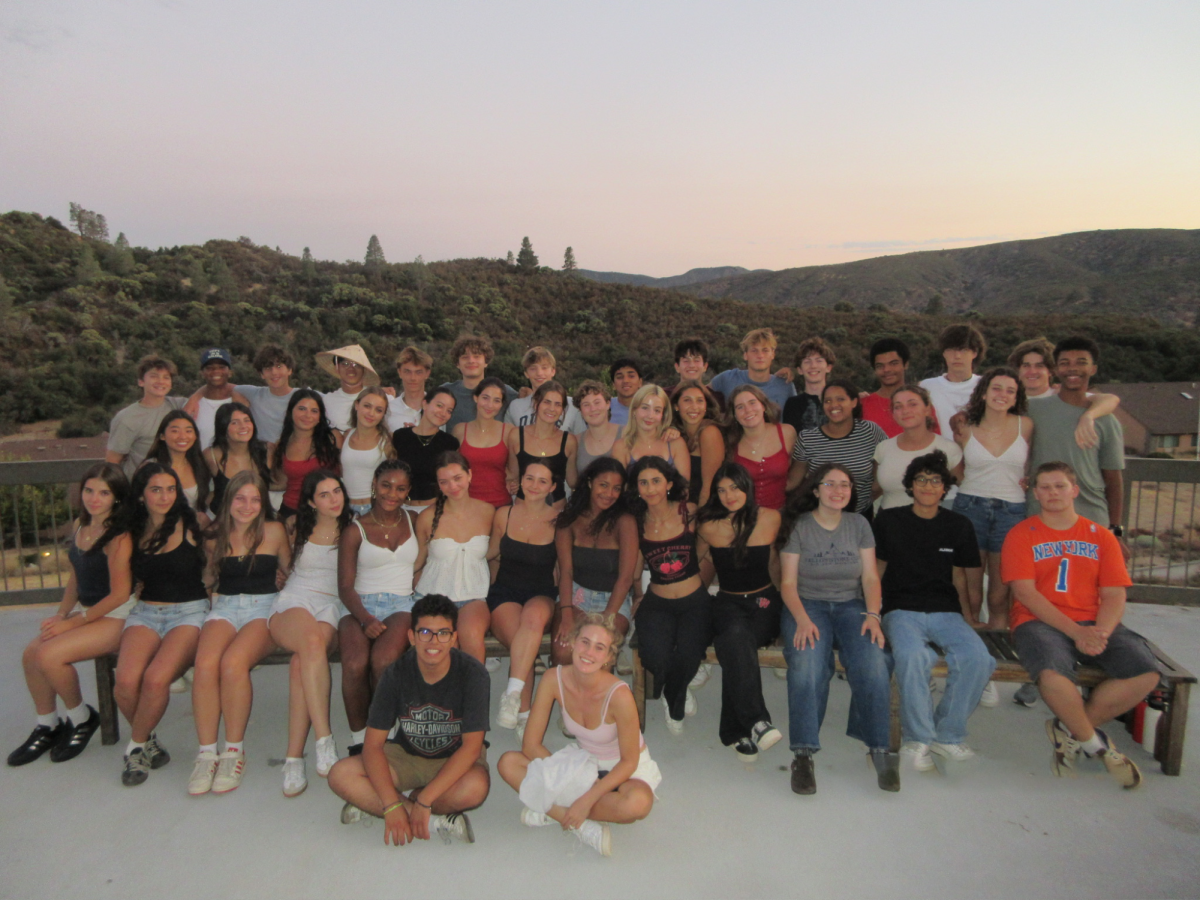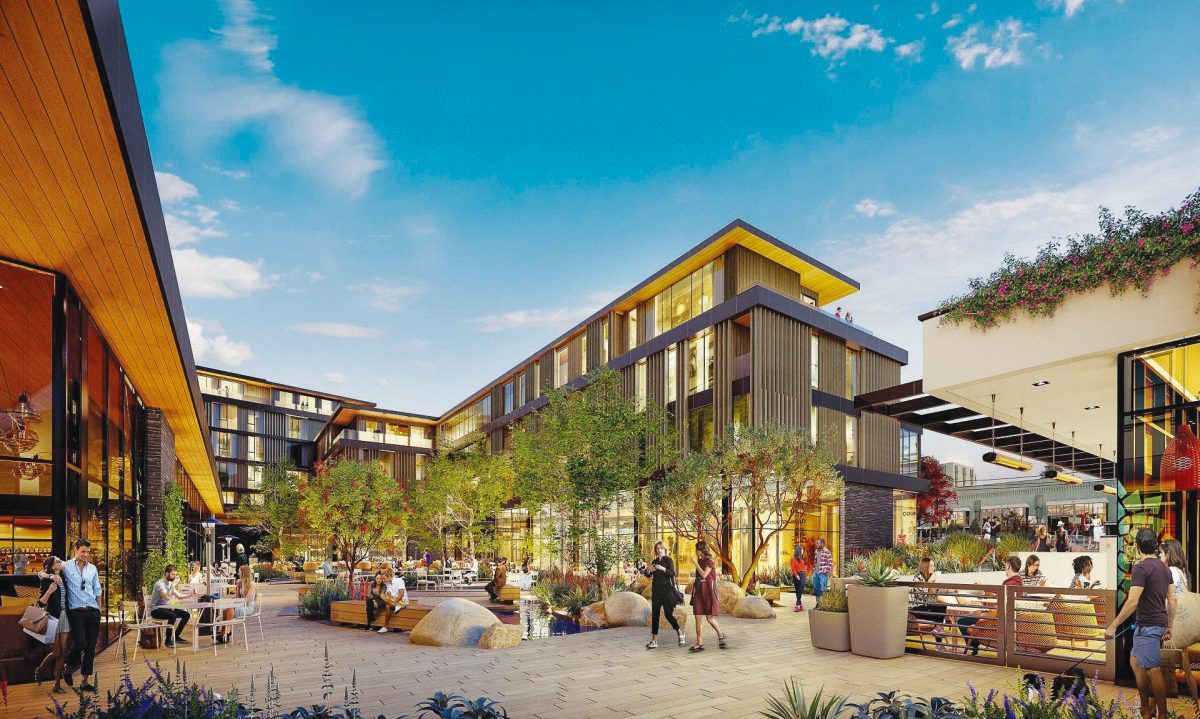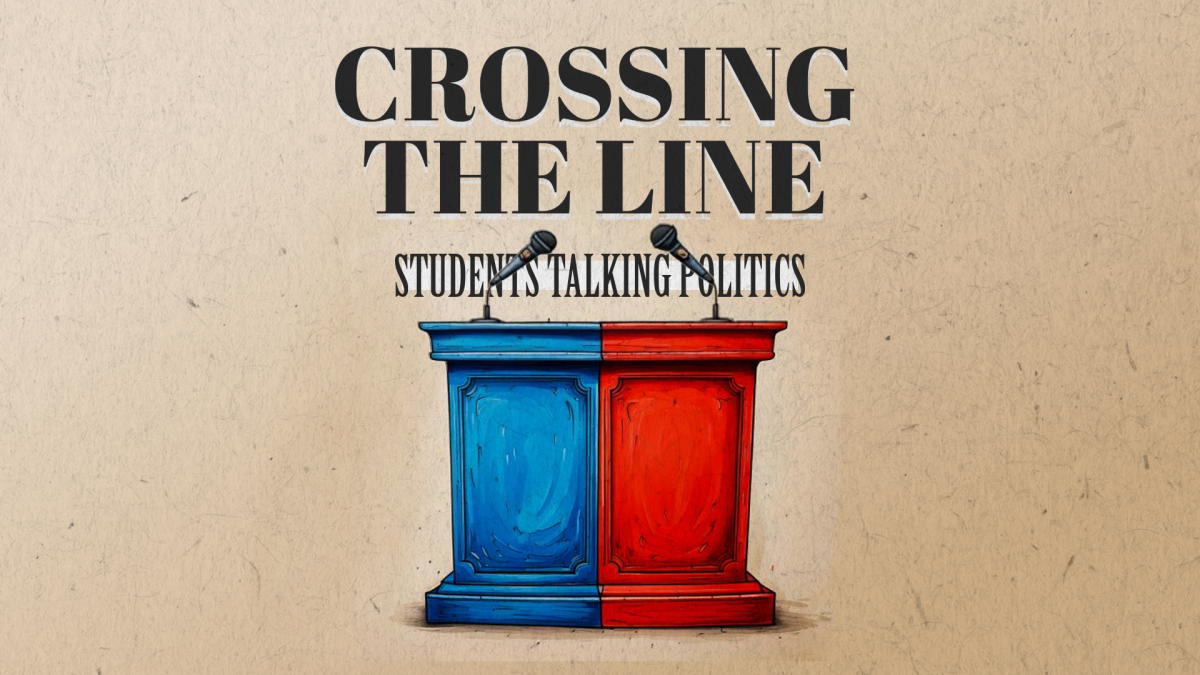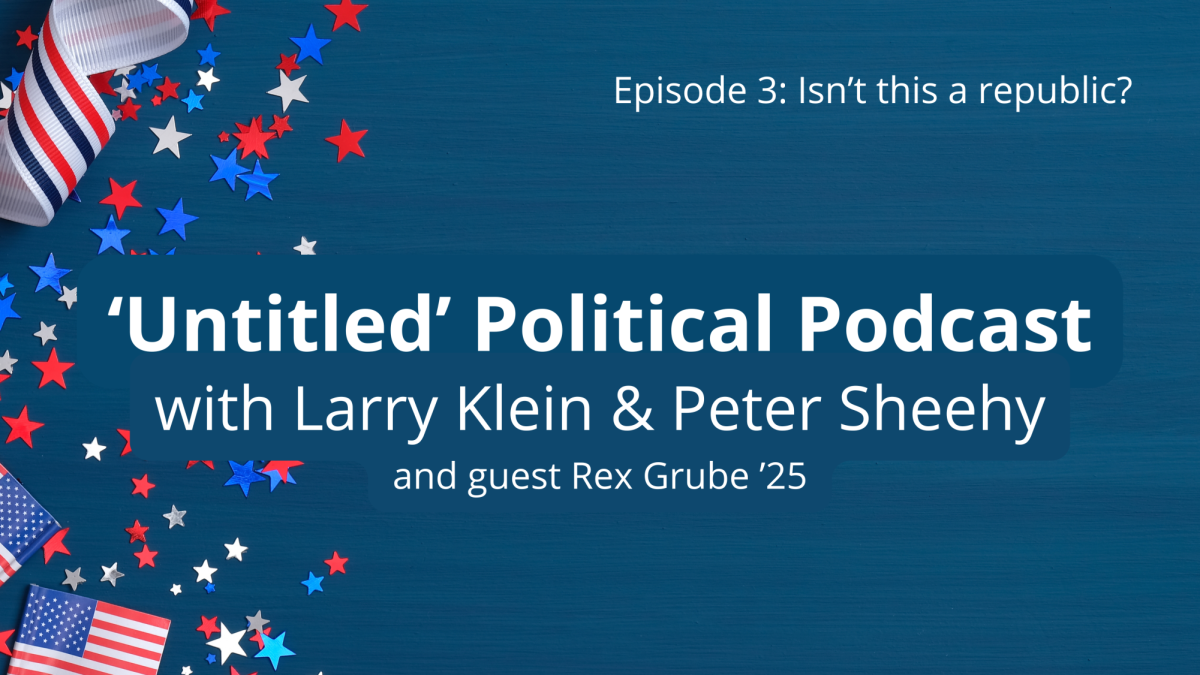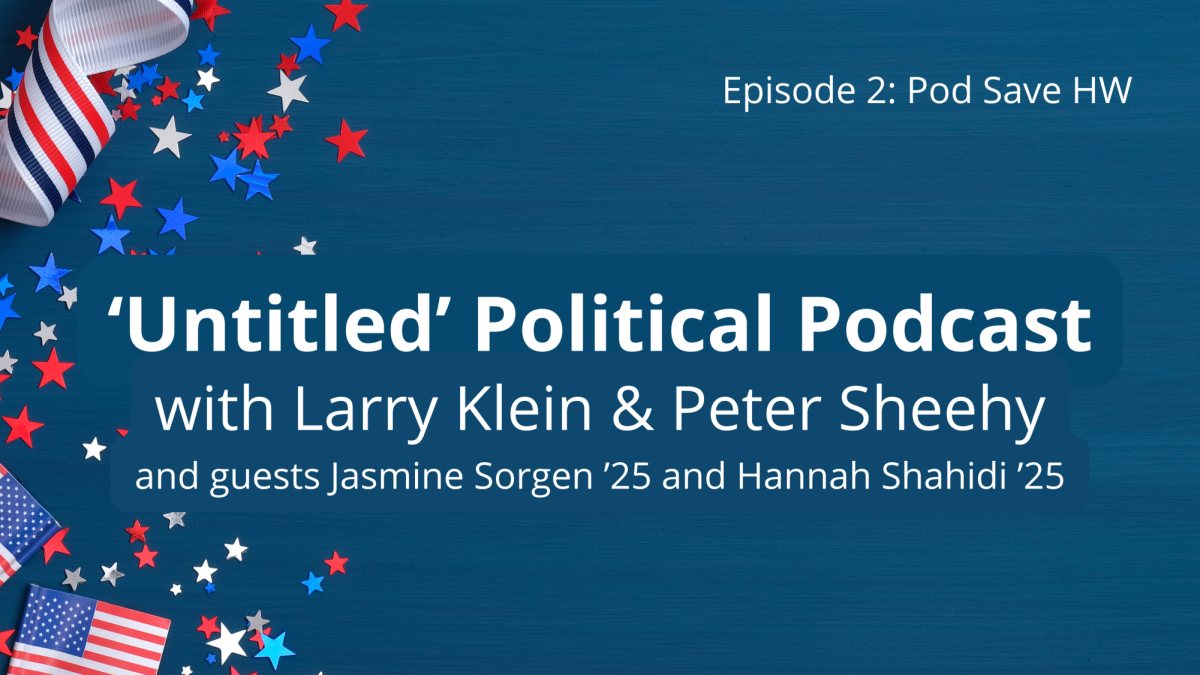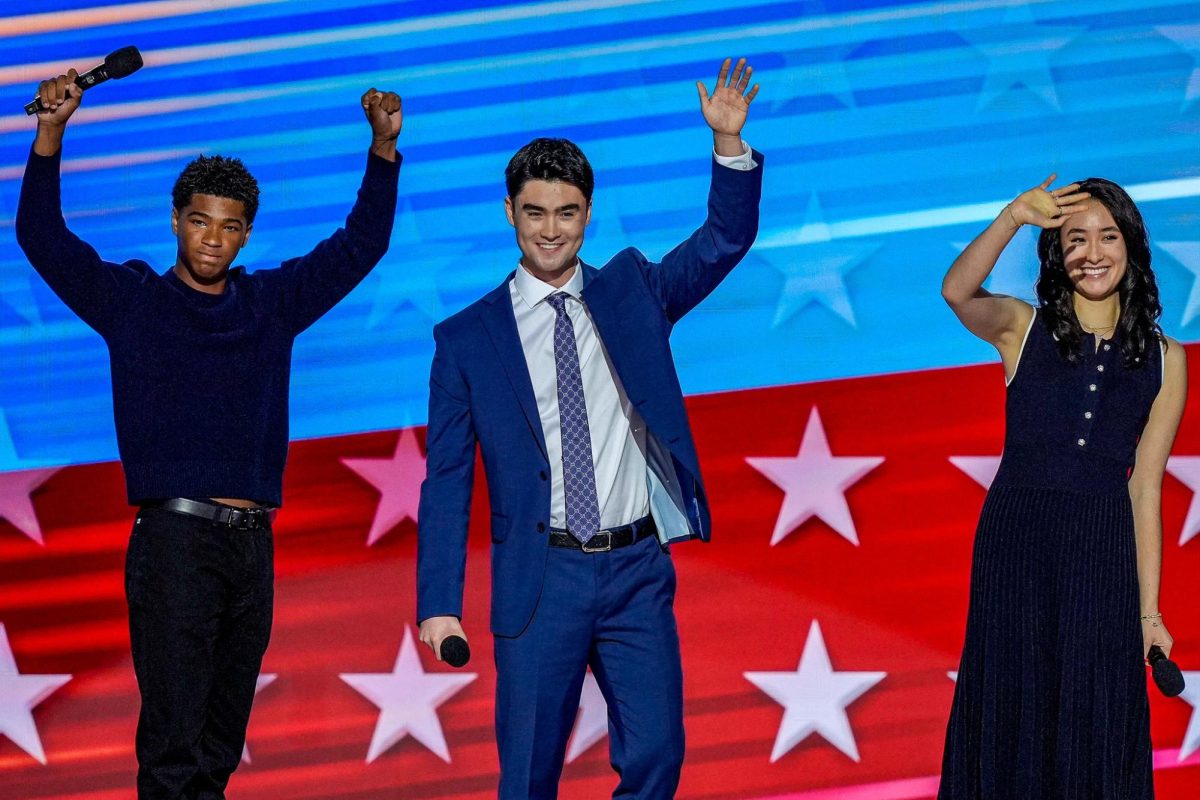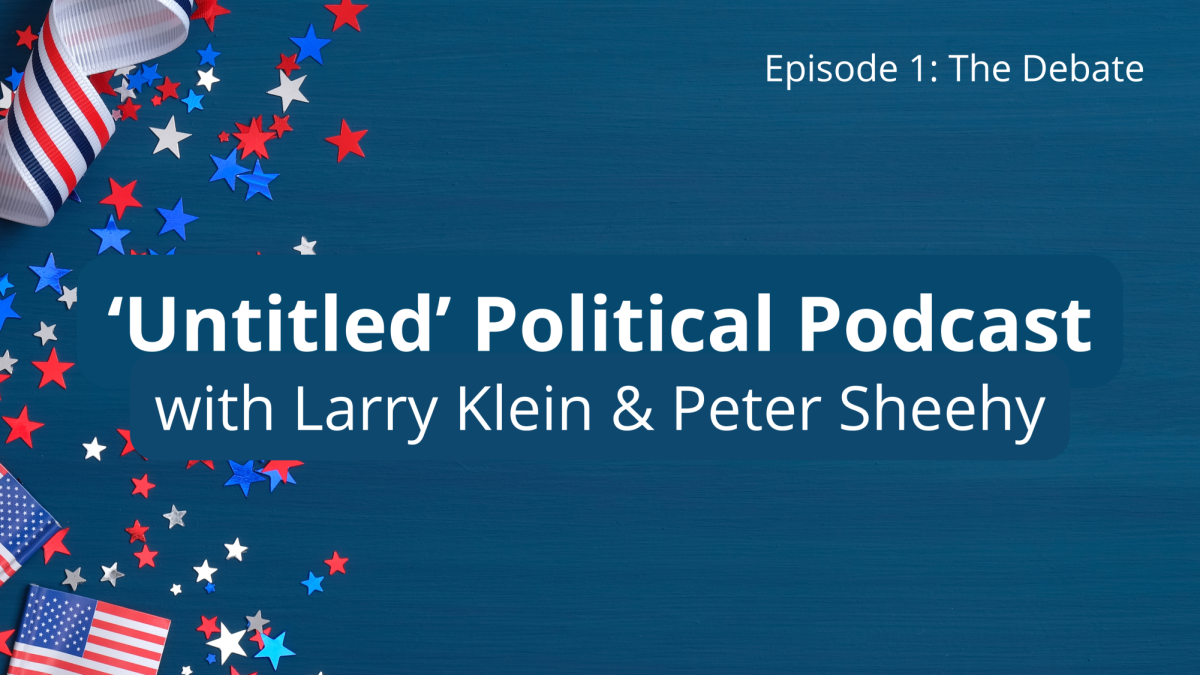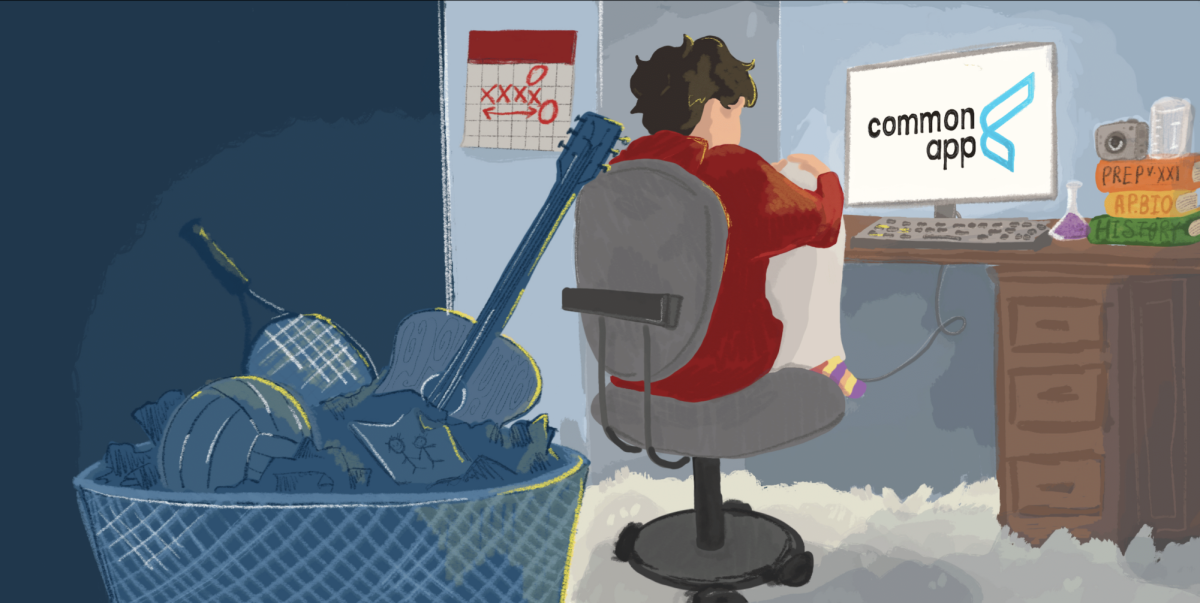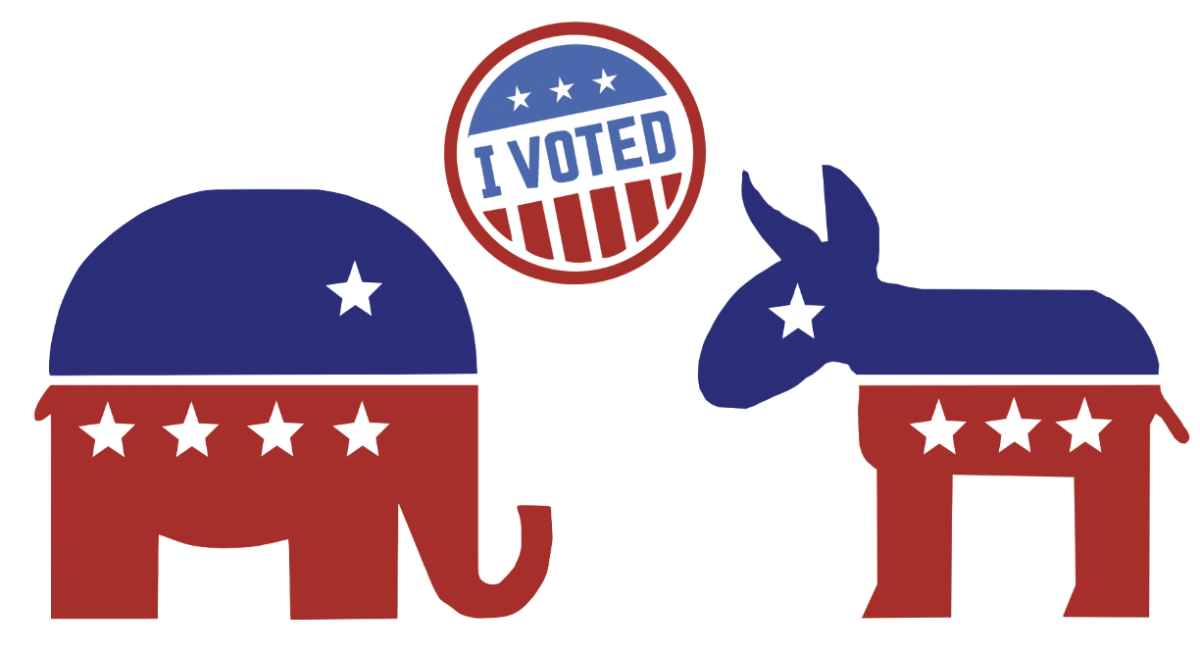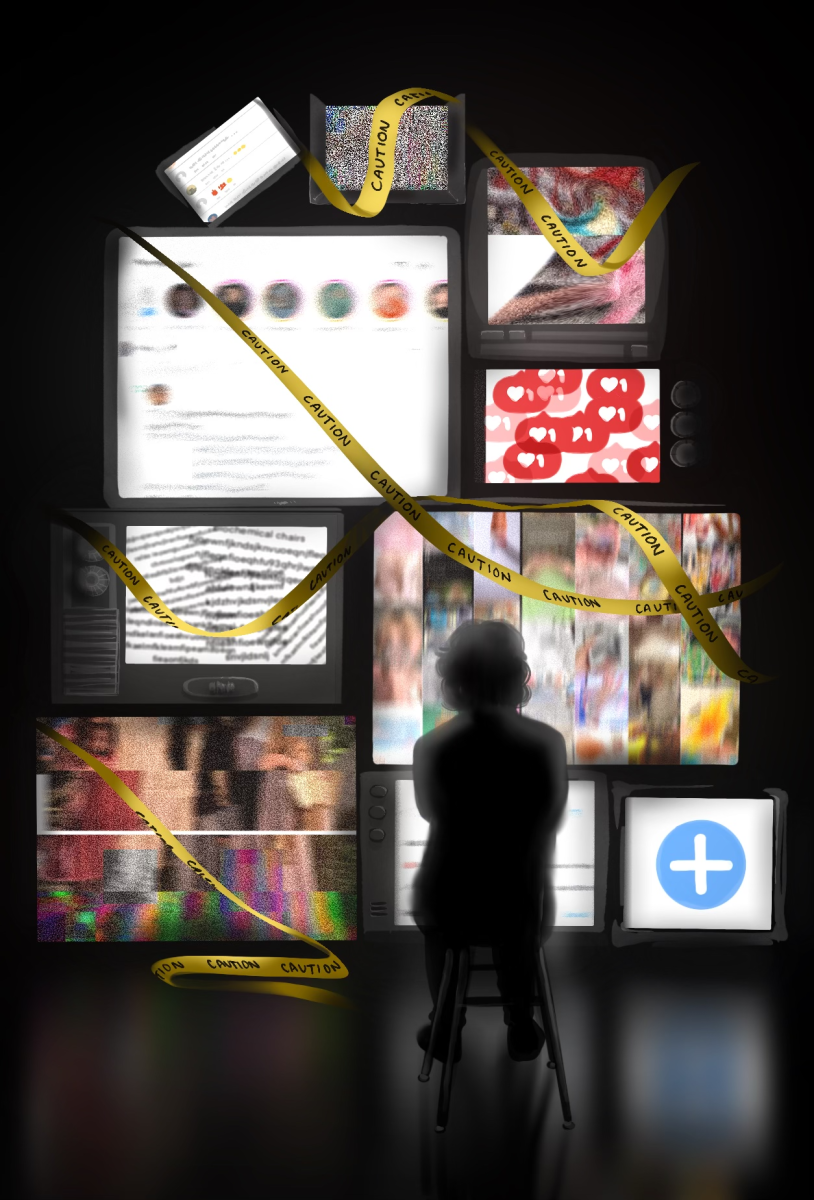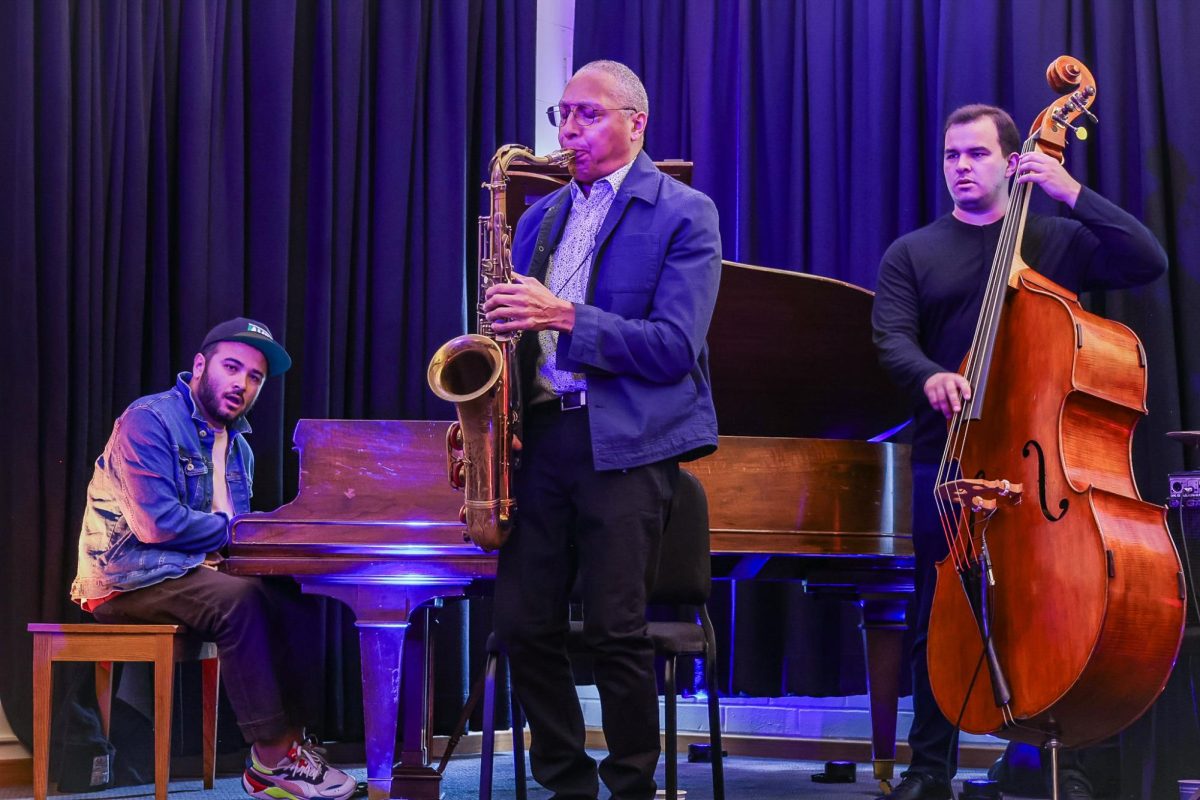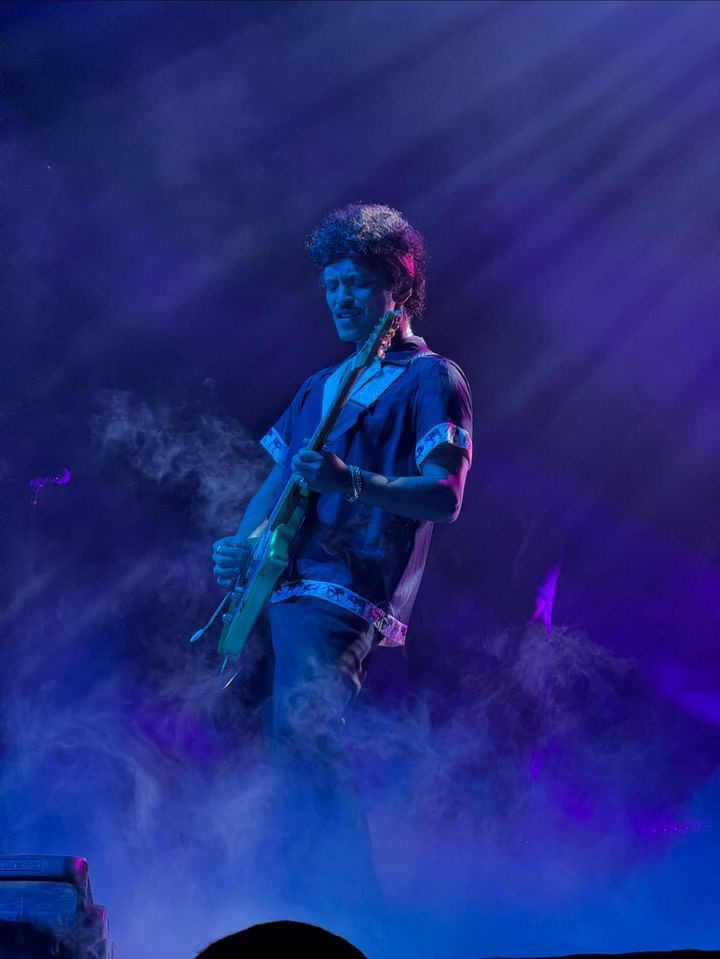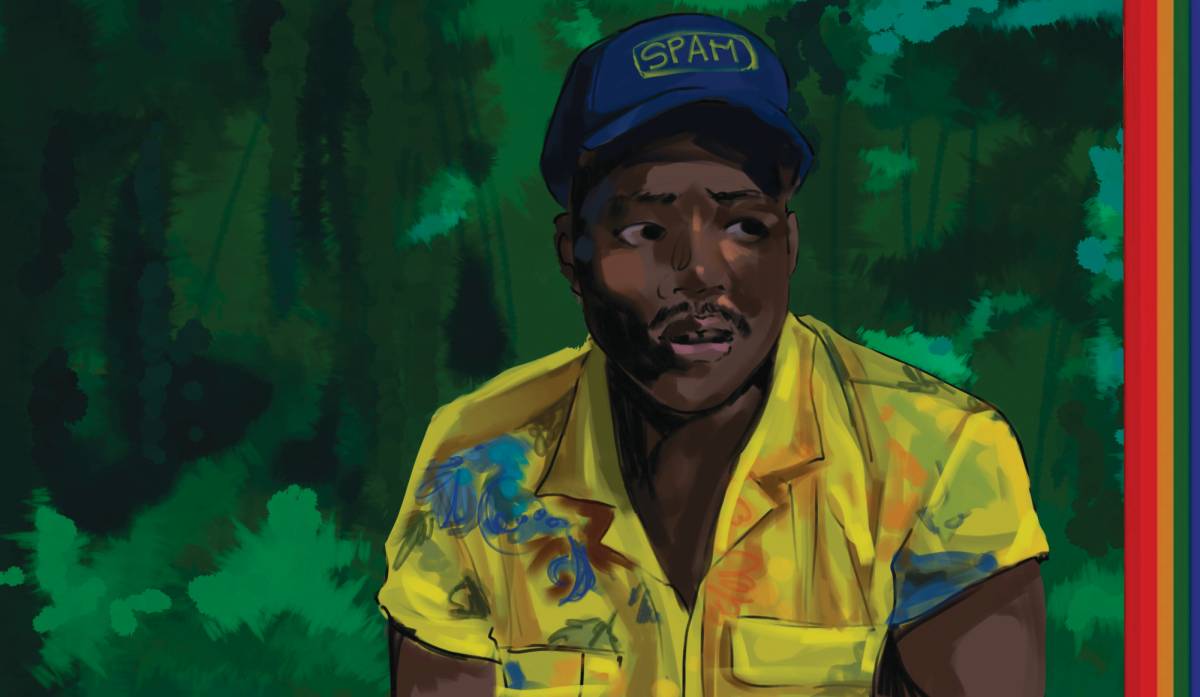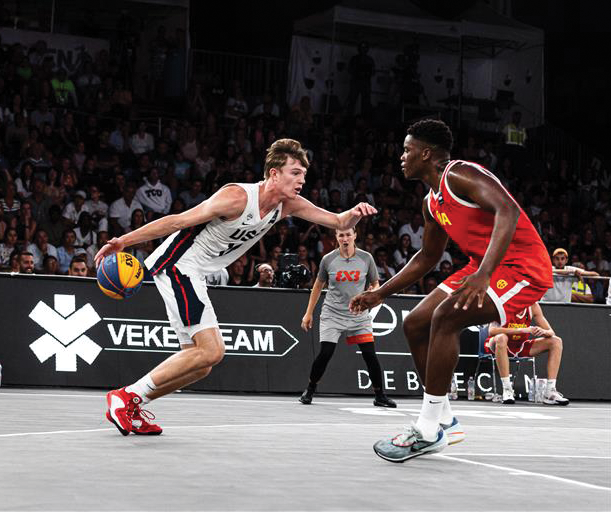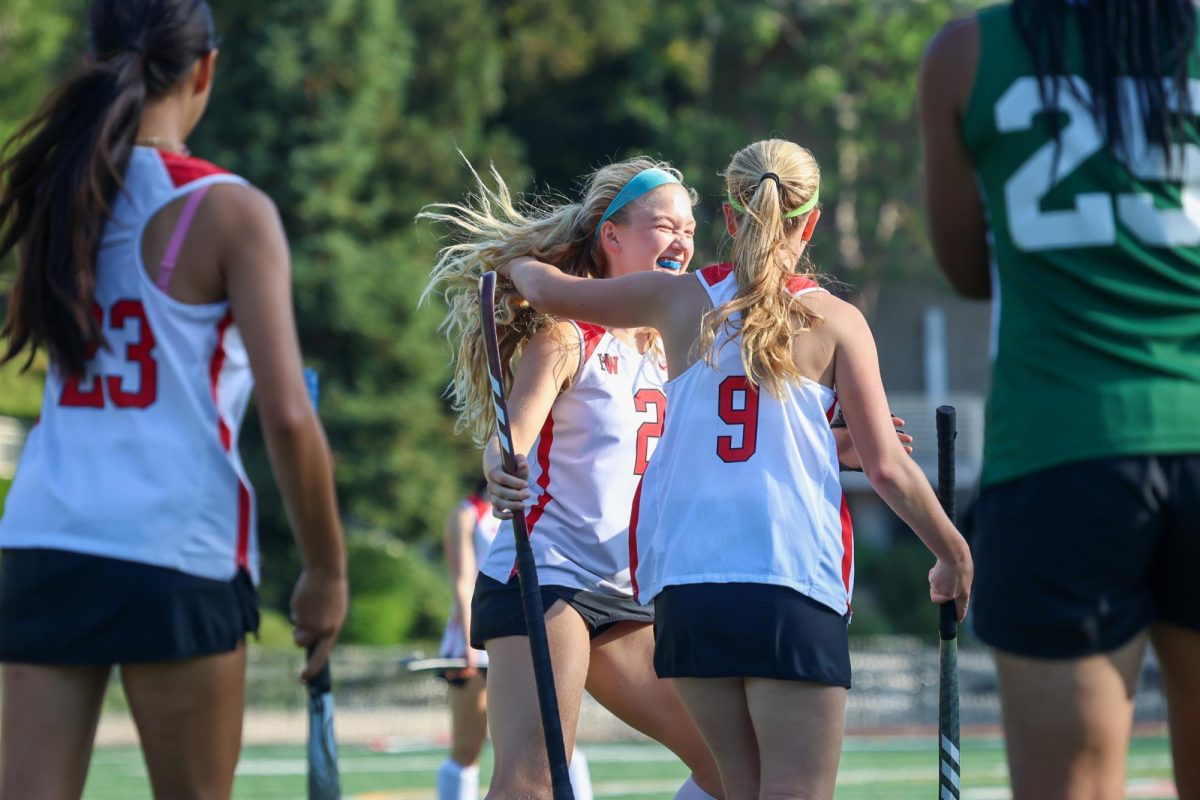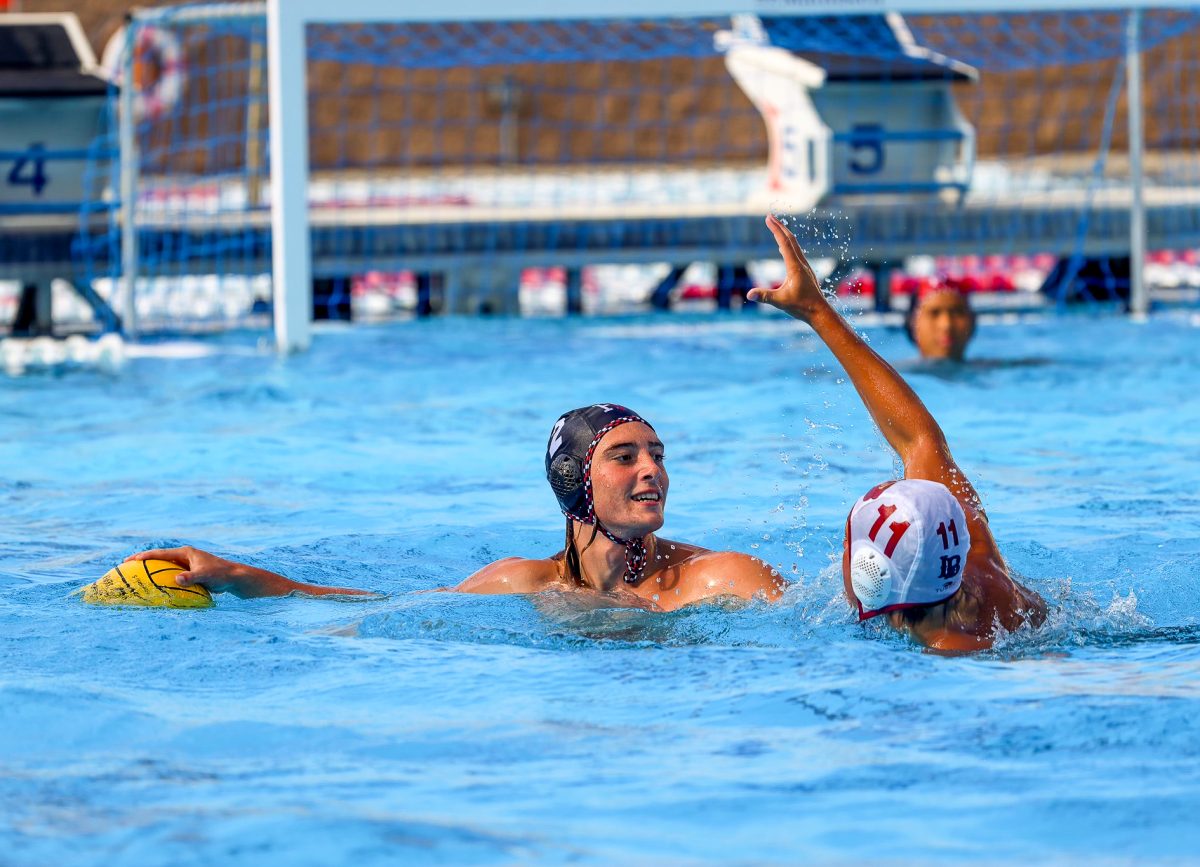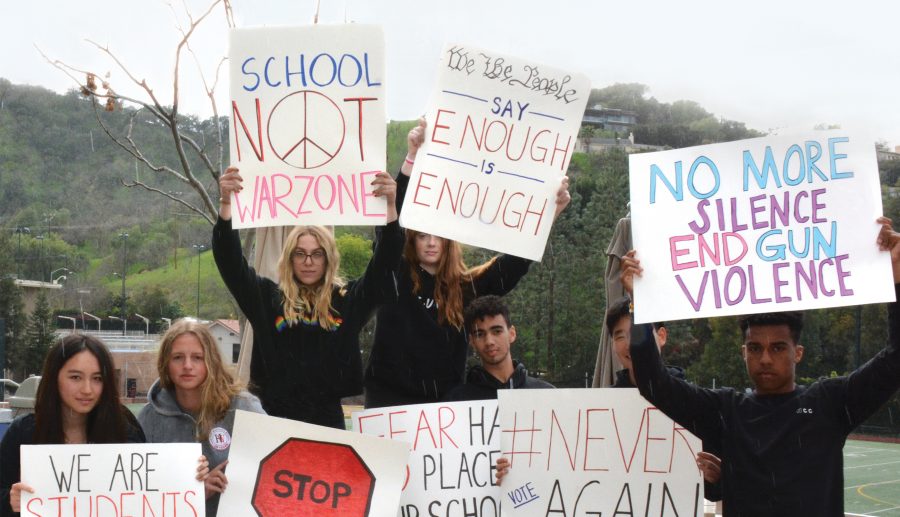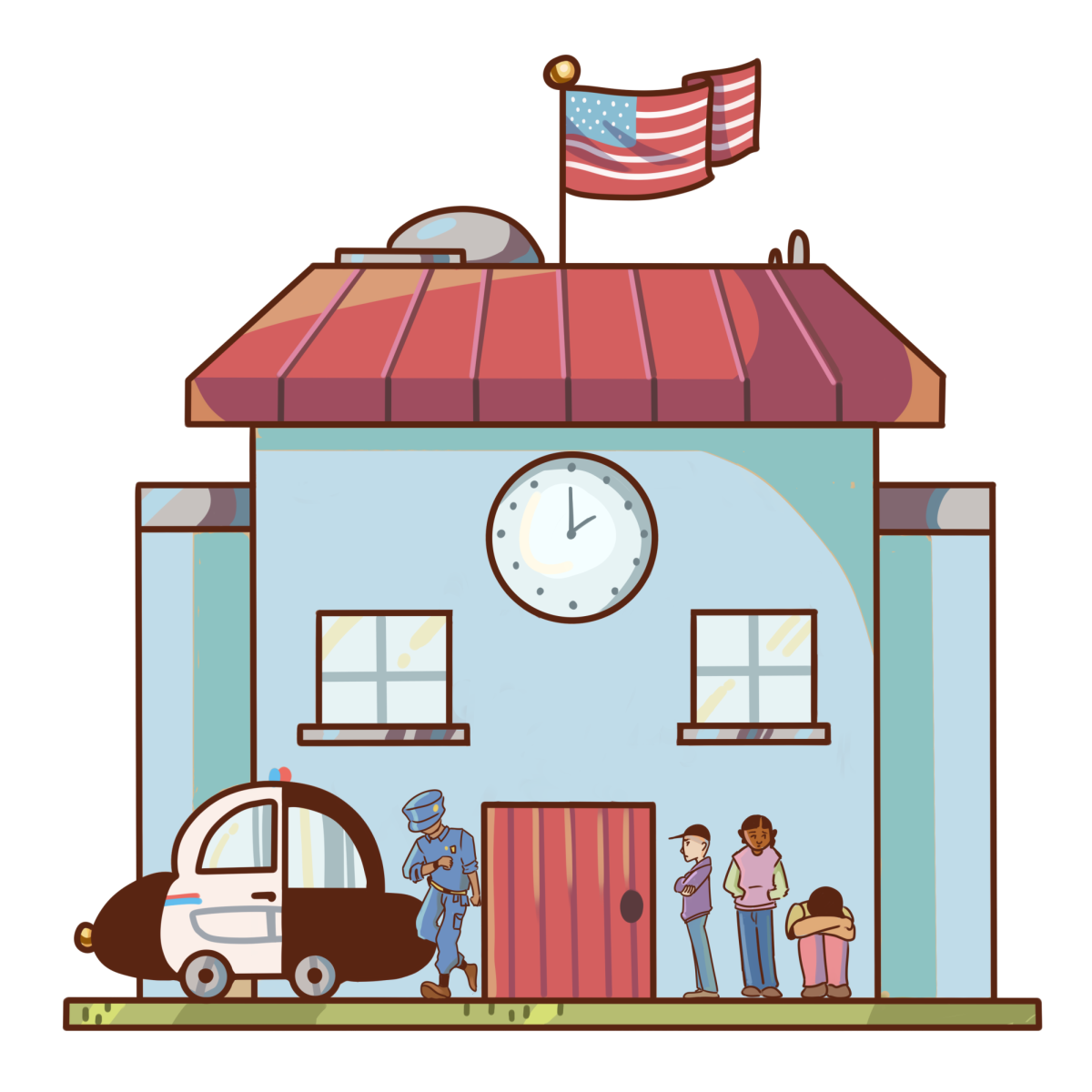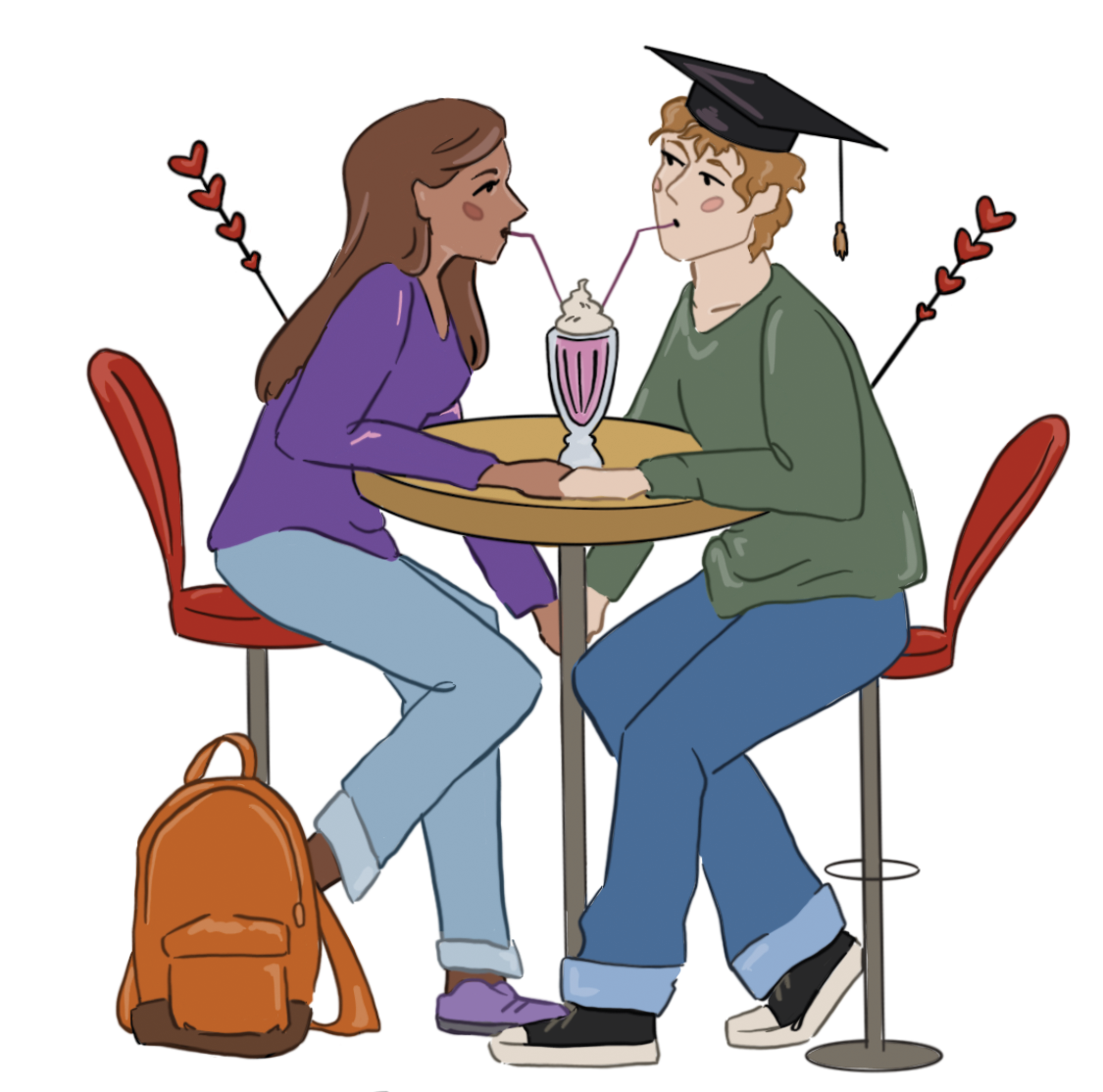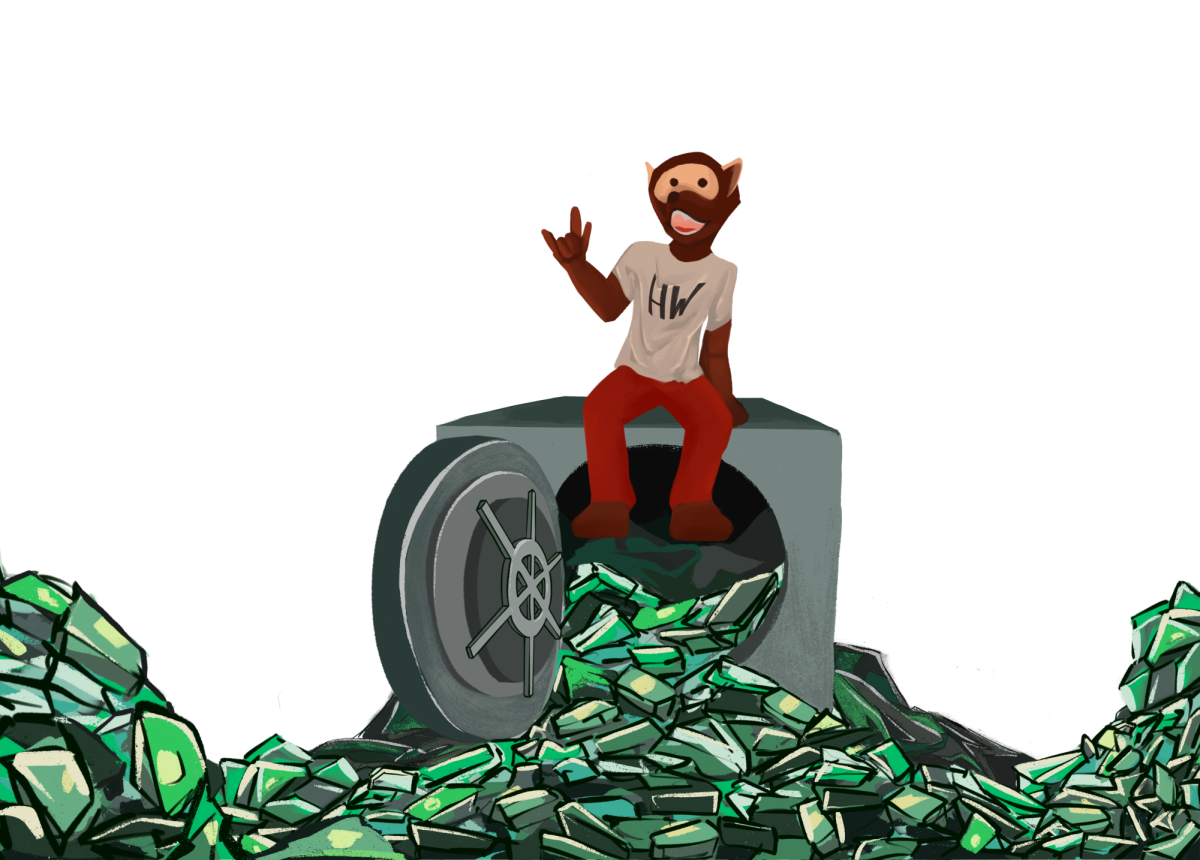Luis Rodriguez had never imagined that walking out of his school could change history.
Fifty years ago, in March of 1968, 13-year-old Rodriguez led his classmates to walk out of Richard Garvey Intermediate School in protest of Mexican-American treatment in schools. Now known as the Chicano Blowouts, or the East Los Angeles Walkouts, these walkouts and many more like them inspired education reforms, anti-segregation laws and instilled a sense of empowerment still influencing students today, Rodriguez said.
“People around the world have been facing the same issues in their own ways: deteriorating education, economic crisis, marginalization and more,” Rodriguez said. “East Los Angeles led the struggle of high school youth to be heard with dramatic, brave and powerful action. Now, high school students in the throes of transformative struggle have been walking out to be represented on issues they know and care about but often can’t vote or speak on.”
Most recently, the student activism from the Chicano Blowouts set a precedent for a movement led by the survivors of the Marjory Stoneman Douglas High School shooting in Parkland, Florida in which 17 people died.
The shooting is a part of a larger dialogue regarding gun violence and gun control reform. Only five days before the Parkland shooting, 14-year-old Rico Ransom shot student DeMario Crowder five times in the parking lot at Pearl Cohn High School in Nashville, Tennessee. Nine days before that, on Feb. 1, 12-year-old Iraqi refugee Issa Al-Bayati was shot in the temple after an accidental discharge at Sal Castro Middle School in Los Angeles. A week earlier, 15-year-old Gabriel Ross Parker shot and killed two students at Marshall County High School in Kentucky.
Gun control is currently the most pressing issue facing students around the nation, Senior Prefect Eli Timoner ’18 said.
“School is one of the most sacred places in our society,” Timoner said. “It’s a place where students are nurtured and can learn. That is not a place that should ever be available for people to shoot up. It should never be a place where people feel in danger.”
Safety does not seem guaranteed anymore, he said. In a Chronicle poll of 374 students, 43 percent said they have been worried about the possibility of a school shooter.
The threat of gun violence is even more prevalent at public schools, Benjamin Holtzman, student representative of the Los Angeles Unified School District Board of Education and Alexander Hamilton High School student, said. Since the Parkland shooting, the LAUSD police force has received 160 calls regarding a school threat as of press time, according to the Los Angeles Times.
Both the Middle and Upper School closed due to a security threat from a social media post that included a photo of a shotgun and ammunition and mentioned the school by name Feb. 23.
“It’s gotten to the point that when I hear a knock on my teacher’s door, we are legitimately scared,” Holtzman said. “I know it’s not a shooter. But it’s scary, and the fact that we are that attentive to it is really sad. In lower-income areas, we have high-risk crime. That first-hand experience is something that really drives people.”
The large number of previous school shootings left Timoner and many students across the nation feeling both hopeless and powerless. The Parkland shooting, however, seemed different.
“When faced with immense anger and grief and something terrible, [the students at Marjory Stoneman High School] didn’t just shun away from doing anything,” Timoner said. “They didn’t just fall into complacency. They said, ‘We’re going to make our voices heard.This is not going to happen again. We are not going to let this happen again.’”
The high school victims at Marjory Stoneman Douglas struck back with a power unseen in decades, Criminal Law teacher and Professor of Law at Loyola Law School Laurie Levenson said. High school students emerged as the figureheads of the gun control movement Never Again, and they directly named the government and organizations like the National Rifle Association responsible for gun violence at schools.
“It makes it genuine, fresh and it gives it a future,” Levenson said. “High school students are old enough to have a voice, not be turned away and they have a cause. The power is in their hands, depending on how determined they are. Just getting out there and being on TV and even marching on the streets will not be enough. It has got to progress to the point where people really take concrete political action and they go to the booths.”
This movement is spreading beyond just Marjory Stoneman Douglas; the same tools that propelled the students to become leaders of this movement have empowered other students to take action against gun violence in their own communities, Holtzman said.
“The power of Instagram, the power of Facebook, the power of Snapchat, is really allowing us to really see what’s happening all around our country,” Holtzman said. “It’s a tool kids are growing up with, and they are using it to their advantage. We may not have a vote, but we have a voice, and we should try to use that voice. I think this is really going to change something.”
The Never Again movement has spurred rallies worldwide demanding stricter regulation of gun ownership. To remember the Parkland victims, the student leaders organized a 17-minute national school walkout March 14, a month after the shooting. Inspired by this movement, Timoner worked with Abbie Howell ’18, Rachel Grode ’19 and Lauren Juzang ’20 to create the Facebook group #neveragainhw and organize Harvard-Westlake’s participation in the national school walkout.
“I wanted to motivate people to see that this isn’t some vague movement that old people are pushing,” Timoner said. “I want people to see that it is their classmate, and it is their friend, and they’re really making their voices heard and mobilizing support, inspiring people to stay active and continuing to be passionate about it and to take that passion to the polls.”
Marjory Stoneman Douglas students are also helping to lead the March for Our Lives in Washington D.C. on March 24, along with 764 parallel marches across the country and the world, including one in downtown Los Angeles. Additionally, more than 250,000 people as of press time have signed 15-year-old Ridgefield High School student Lane Murdock’s petition to hold an all-day national school walkout on the 19th anniversary of the April 20 Columbine Massacre.
Students have a unique angle and perspective in activism that is lost, for the most part, in many of the older generations, Rodriguez said.
“Many adults have bought into the system,” Rodriguez said. “Many were activists when they were young but now pay mortgages, work in offices or the daily hustle and have forgotten that the issues have not gone away. I’m inspired by the youth.”
In the face of despair and hopelessness, Rodriguez said students must come together to overcome struggle with activism and a vision of a better society. The student-led gun control movement, like the Chicano Blowouts, can create a world of change, he said.
“[Students must have] strategies, something to fight for and not just against, a vision that addresses all the issues, that pulls together the discontent, the many voices, the many imaginations, into a movement that honors all of it,” Rodriguez said. “Young people must be at the heart of this, but people like me, elders and olders, should be right there next to them. The seed of hope for a new world will regenerate. Keep the seed alive. A harvest of change will happen.”

